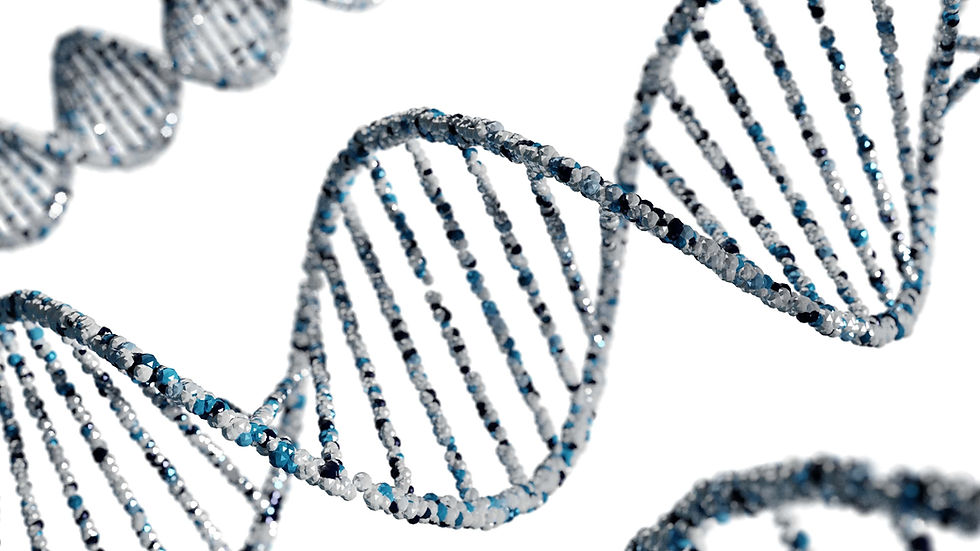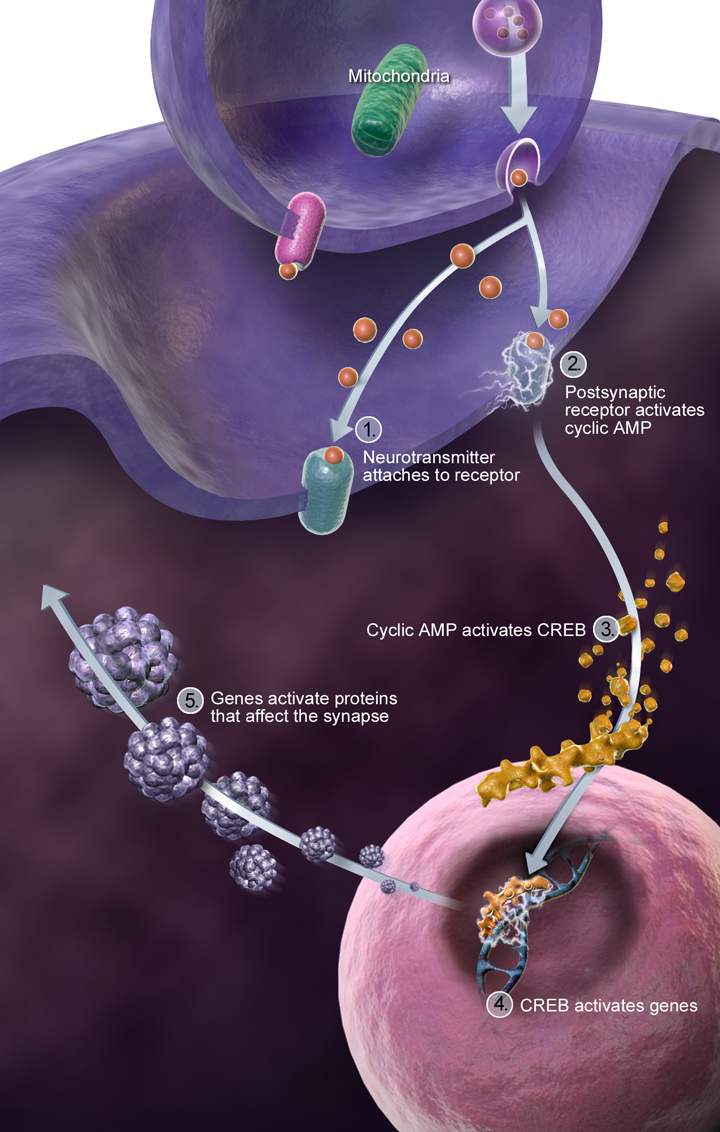Altered Gliogenesis and Myelination, The Brain’s Support Network in Down Syndrome
- neurosutton
- Jul 18
- 4 min read
Updated: Jul 25

Series note: There is a fantastic review (current state of scientific understanding) by Russo, Sousa, and Bhattacharyya out of Wisconsin. The authors cover topics from molecular and genetic causes and hypotheses to regional differences in the cortex. Because the paper goes through so many foundational ideas and taught me so much about Down syndrome, I’m going to walk through the sections of the paper in a series of posts. This post is the third installment. The review is not for the faint of heart, but it is well worth your time to read, if you enjoy the challenge of original research papers.
How to Talk to Other Parents (aka TL;DR)
Think of your child’s brain like an orchestra. In Down syndrome, some of the key support staff, like the sound engineers (glial cells) and stagehands who install the microphones (myelin), don’t always arrive at the usual time, and there aren’t always enough in the right roles. This means the music (brain signals) might sound a little softer or take a different path to reach the destination, but the music itself, the thoughts, feelings, and unique abilities of your child, still comes through. By understanding how the support network works, we can understand better what therapists are doing to bolster it.
The developing brain is more than just a collection of neurons sending signals; it’s more like a carefully orchestrated symphony performance, where not only do the musicians play, but the stage crew and sound engineers ensure every note is clear and resonant. Among these critical support players are glial cells, oligodendrocytes and astrocytes. Oligodendrocytes are cells that produce myelin, a wrapping layer that speeds up signal transmission. Astrocytes help guide and protect neurons. In Down syndrome, the story is not just about the number, tempo, and in-time entrances of musicians (neurons), but also about the number and effectiveness of these essential support staff (glia). The cellular populations, delayed maturation, or lack of building blocks all fundamentally change how the brain’s symphony is performed.
What Is Gliogenesis?
Gliogenesis is the process by which the brain produces glial cells. Glia play many roles in the brain:
Oligodendrocytes are the cells that wrap neurons in myelin, the insulating “electrical tape” that lets signals travel quickly and clearly. (And in this metaphor, the microphones that propagate the sound.)
Astrocytes provide scaffolding, nourishment, and regulation of the brain’s environment.
Microglia serve as security guards, protecting the brain from infection or injury.
In an orchestra, it’s not enough for the musicians to know their part, the stage must be set, lights adjusted, and microphones turned on at the right time and positioned correctly. Only then does the performance reach its full potential.
What Are the Key Changes to Glia and Myelin in Down Syndrome?
Increased Astrogliogenesis: Too Many of the Wrong Support Staff
Recent evidence suggests DS brains may undergo a “cell-fate switch,” resulting in more astrocytes and fewer oligodendrocytes than expected. This imbalance can disrupt the supportive environment neurons rely on.
The glorious nitty, gritty evidence
This overproduction of astrocytes can be partially reversed in laboratory models by silencing the extra copy of chromosome 21 (using XIST RNA in iPSC-derived astrocyte progenitor cells), hinting that changes in genetic regulation are a driving factor.
Oligodendrocyte and Myelination Deficits: Thinner Insulation, Slower Signals
Not only are there fewer oligodendrocytes, because of the shift in favor of cells becoming astrocytes, but also the myelin that is produced by these cells is lower quality. To borrow from our metaphor, the microphones (myelin) that keep the sound signal strong enough to hear are cheap and poorly placed.
Delayed and Sparse Myelination: Myelination lags behind by about a year in DS children, and the density of myelinated fibers remains lower than typical.
Structural Defects in Myelin: Besides delayed timing, evidence shows the very structure of myelin sheaths in the DS brain is altered. These changes are tied directly to disrupted gene expression involved in oligodendrocyte differentiation and myelin production.
Why Does This Matter For Brain Function?
Neural connections are slower to form and weaker in strength.
Information processing and coordination take more time.
Learning and memory are less efficient.
Pulling the Orchestra Pieces Together
We've imagined the glial cells as the backstage crew and sound engineers. In Down syndrome, not only do fewer, cheaper microphones get placed (less myelin), but more stagehands are assigned to roles not directly involved in amplifying the music (excess astrocytes). The musicians (neurons) do their best, but with fewer of them and thinner wires (axons and myelin), the symphony may sound less full and vibrant, though still recognizable and beautiful.
The brain’s adaptability, especially early in life, is remarkable. By understanding the specific shifts in glial cell balance and myelination in Down syndrome, scientists are developing new strategies to strengthen the brain’s support network. Experimental methods have already shown promise in rebalancing glial cell fate in laboratory systems, emphasizing that the developing brain is malleable, especially with early intervention and enriched environments.
Next Time: Following the Melody between Sections
Understanding all these deviations from typical development helps us be patient as our loved ones strive to make gains in feeding, learning, memory, coordination, and language. We'll continue on in our survey of these neuroscience concepts next time by looking at the synapses themselves, the places where the neurons drop notes for each other. Until then, let's embrace curiosity....
References
Ábrahám, H., Tornóczky, T., Kosztolányi, G., & Seress, L. (2012). Cell formation in the hippocampus in Down syndrome. Progress in Neurobiology, 98(4), 305–326. https://doi.org/10.1016/j.pneurobio.2012.07.003
Gallo Lab, Seattle Children’s Research Institute. (n.d.). Oligodendrocyte and myelin research in Down syndrome. Retrieved from https://www.seattlechildrens.org/research/centers-programs/gallo-lab/
Klein, J. A., & Haydar, T. F. (2022). Cellular mechanisms of white matter development and dysfunction in Down syndrome. Frontiers in Neuroscience, 16, 856479. https://doi.org/10.3389/fnins.2022.856479
Olmos-Serrano JL, Kang HJ, Tyler WA, Silbereis JC, Cheng F, Zhu Y, Pletikos M, Jankovic-Rapan L, Cramer NP, Galdzicki Z, Goodliffe J, Peters A, Sethares C, Delalle I, Golden JA, Haydar TF, Sestan N. Down Syndrome Developmental Brain Transcriptome Reveals Defective Oligodendrocyte Differentiation and Myelination. Neuron. 2016 Mar 16;89(6):1208-1222. doi: 10.1016/j.neuron.2016.01.042. Epub 2016 Feb 25. PMID: 26924435; PMCID: PMC4795969. https://doi.org/10.1016/j.neuron.2016.01.042
PubMed Central. (2019). Cellular and molecular mechanisms of glial cell development in Down syndrome. Frontiers in Neuroscience, 13, 1134. https://www.ncbi.nlm.nih.gov/pmc/articles/PMC6795679/
Vlkolinský, R., Jardanhazi-Kurutz, D., Križanová, O., & Stuchlík, A. (2001). Developmental alterations of glial cells in the hippocampus of rats with experimental Down syndrome. Progress in Neurobiology, 63(4), 213–234. https://doi.org/10.1016/S0301-0082(00)00038-2





Comments